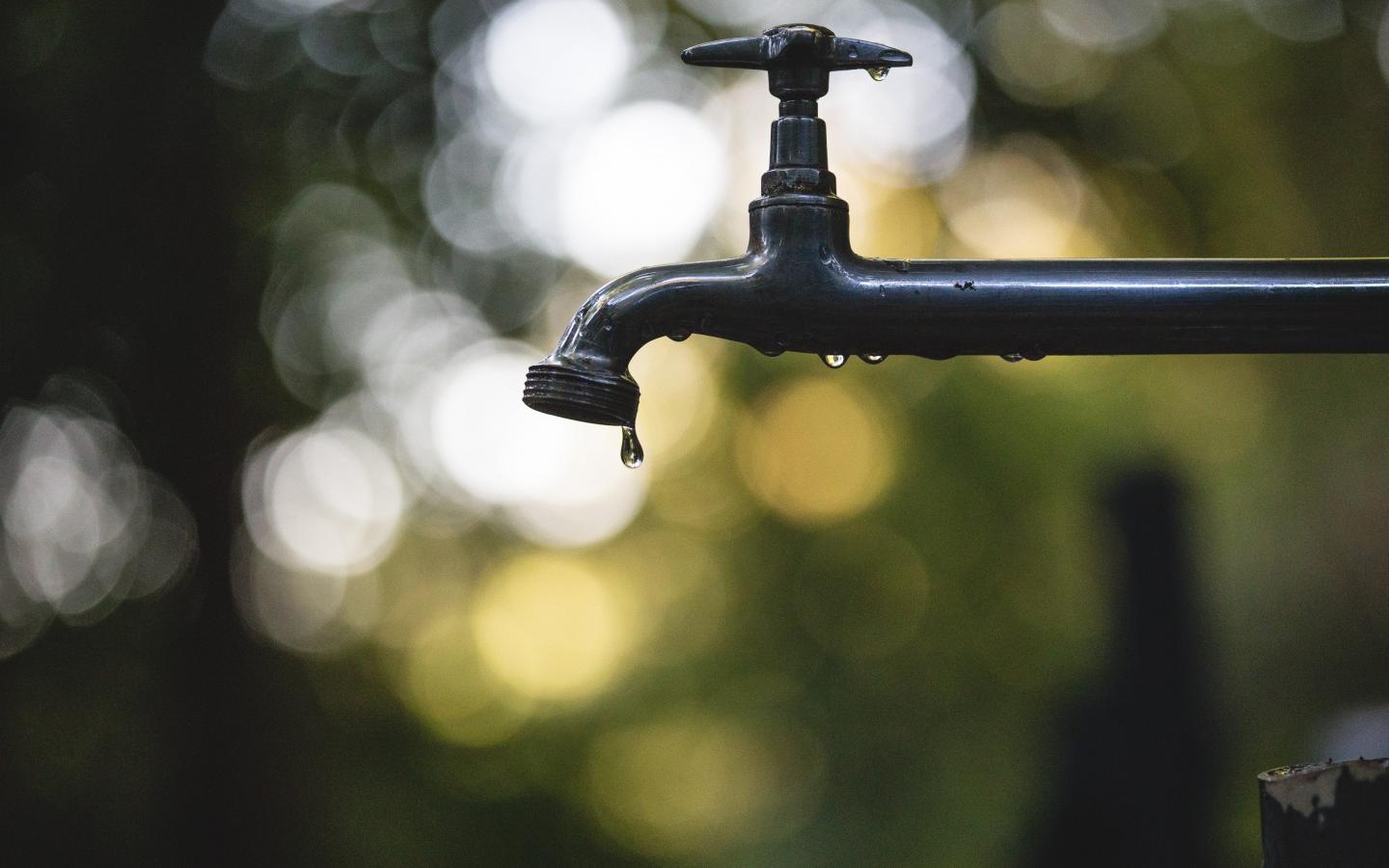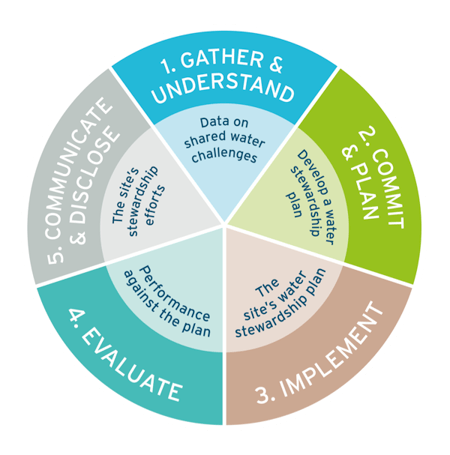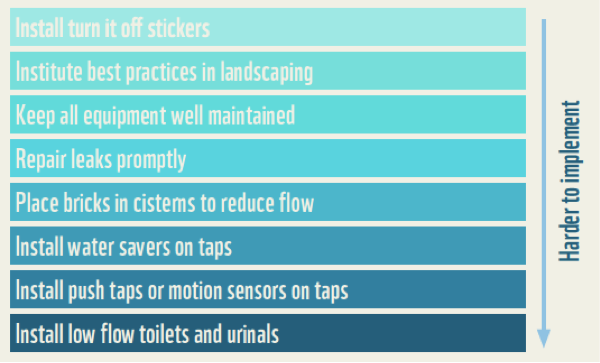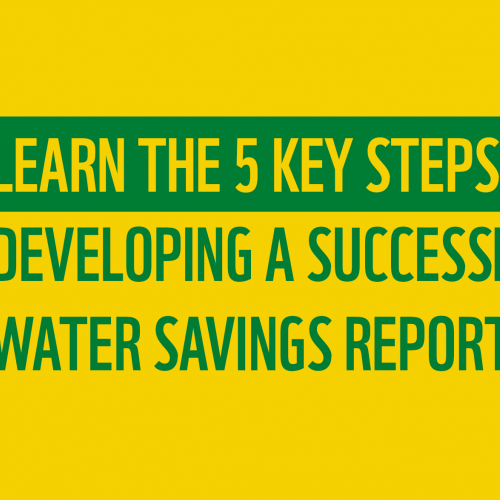Developing a Water Stewardship Strategy for Your Organisation

In our first ‘how-to’ guide on implementing sustainability in the workplace, we outline the core elements that make up a strong, measurable water savings strategy.
Why Water Stewardship Matters in the UAE?
Water has always been a precious resource in this part of the world. With rising demand for this resource and future uncertainty around the effects of climate change, there is an urgency to utilise water more effectively across the board.
A water savings or ‘Water Stewardship’ strategy takes into consideration the role of water within a particular organisation. It involves an audit of current usage and development of a plan of action to manage water in a sustainable and responsible manner. In most cases, the focus is to achieve a specific, measurable reduction in water consumption.
The Greater the Challenge, the Greater the Reward
Organisations can face several challenges when it comes developing a water stewardship strategy. A lack of resources, time, knowledge and dedicated water management staff can make it harder to get started. Further, the size of the organisation can greatly influence the time required for planning and coordination required for a successful implementation.
Once in place, the benefits can be recognised fairly quickly. In the UAE, water savings efforts can pay off in as little as 1.5 years.
The benefits span from environmental and economical, to emotional. By embracing water saving practices, an organisation stands to:
- Reduce Environmental Footprint
- Safeguard Local Sources of Water for Future Consumption
- Increase Operational Efficiency
- Minimize Operating Costs
- Mitigate Future Water Supply Risks
- Deliver on the Organisation’s Larger Purpose
- Strengthen Corporate Reputation amongst Customers and Colleagues
Let’s take a look at the steps you can take today.
Key Elements of a Robust Water Savings Strategy
A five-step framework developed by the Alliance of Water Stewardship, can help you on your journey.

- Begin with an assessment of current water usage
Outline the working spaces within the organisation and gather data around water consumption across these facilities. Establish a consumption baseline, based on usage over the past 12 months. Estimate the cost of water consumption and identify previous water saving measures, if any, to piece together the larger picture.
Did you know? 32 litres is the average amount of water used in office building per employee per day.
Self-assessment vs. Third party auditing
Depending on the type of company, the breadth of facilities and the size of operations, you may consider self-assessment where internal resources complete the audit of water consumption.
Or, you may have a necessity for dedicated third-party experts to assist with the audit and development of an implementation plan. In some cases, it may prove more cost effective to work with a professional auditor from the beginning of this process.
- Commit to an overarching goal and develop a tailored plan of action
Once a basic understanding of water challenges has been established, set a comprehensive objective for your corporate water stewardship program. Ensure that senior management is aligned with the objectives and has approved the plan to achieve the larger goal.
Additional Resources
To view an effective environmental strategy, see the Environment Agency-Abu Dhabi, Strategic Plan 2016 - 2020.
For examples of actions that can be taken to save water, see below:

- Implement the plan and engage colleagues in this journey
Involve stakeholders in the implementation of your water stewardship plan to achieve greater results. Your human resources department can help create awareness of the overall objective and the steps that colleagues can take to contribute to water reduction goals.
Depending on the type of workforce, consider crowdsourcing ideas on how to further reduce water consumption, and using challenges and rewards to incentivise changes in behaviour.
10% savings can be achieved by engaging employees in energy and water conservation practices.
- Measure progress periodically and evaluate performance
Outline the methods by which you will track progress and set up a timeline to regularly measure effectiveness of your water saving actions. Identify actions that are working and those that require further tweaking. Update your implementation plan accordingly.
By measuring progress frequently you will be able to better estimate the payback time of individual solutions. This is calculated by dividing the investment required for the solution by the potential water savings per year.
The lower the payback, the faster you will recuperate your investment of any given solution.
- Communicate and share efforts, results and learning
Share updates about your organisation’s water stewardship journey internally to keep senior management up-to-date and to ensure support from colleagues at all levels within the organisation.
Consider communicating externally to keep wider stakeholders in the loop of your activities and to collaborate with government organisations, third party experts and other responsible organisations.
Resources to support your journey
For more how-to guides and local case studies on implementing sustainability in the workplace, subscribe to our Yalla Green Blog.



